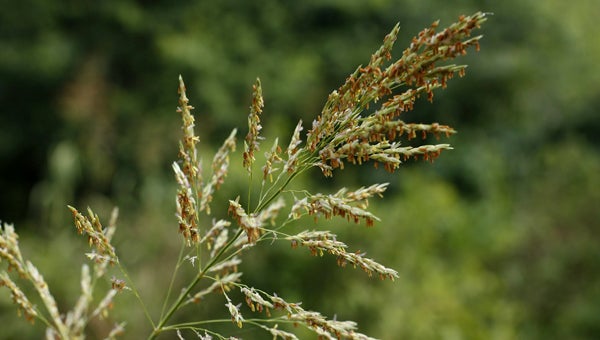County crews battle Johnson Grass
Published 10:42 pm Saturday, September 14, 2013

Dallas County engineer Coosa Jones said county crews cut the rights-of-way three times each year, but simply are not able to keep up with the growth in many areas, especially those areas popluated by the quickly growing Johnson Grass.–File Photo
By Josh Bergeron
The Selma Times-Journal
Grass is too tall in some parts of Dallas County.
Johnson Grass, a variety often considered a weed, is growing too fast for the engineers office to maintain the foliage on roads in Dallas County.
The county cuts all rights-of-way three times per years, but county engineer Coosa Jones said the grass causes more problems than a messy roadside.
“I’ve seen some of it grow up to six feet,” Jones said. “Deer and animals can hide in it and could run out in front of motorists. It seems to be a problem in the western part of the county, but we see it all over.”
The grass is named after Alabama plantation owner Col. William Johnson, who grew it on his farm, according to a report by Texas A&M’s Soil and Crop Science Department.
Spread of the grass is attributed to intentional planting to revive worn-out fields after the Civil War and natural methods, such as flooding, in the report.
It has been considered a weed since many county residents were born. A federal appropriation for weed control targeted the grass in 1900.
Cutting grass more frequently may not be enough, Jones said.
“We cut it and then in a few weeks it pops back up,” he said. “It’s been a problem before, but the unusually-high summer rainfall has caused the grass to be more of a problem.”
Selma averages 4- to 5-inches of rainfall in summer months, according to the National Weather Service. In July, some areas of the county saw totals of 10 inches.
Modern herbicides have been effective in controlling the grass in soybean, corn and cotton fields, according to the Texas A&M report.
Dallas County Probate Judge Kim Ballard said the commission is looking into the cost of an herbicide sprayer, but hasn’t made any definitive plans.
“Ideally we would like to get something that is used,” Ballard said. “We would like to get something before the end of the year.”





